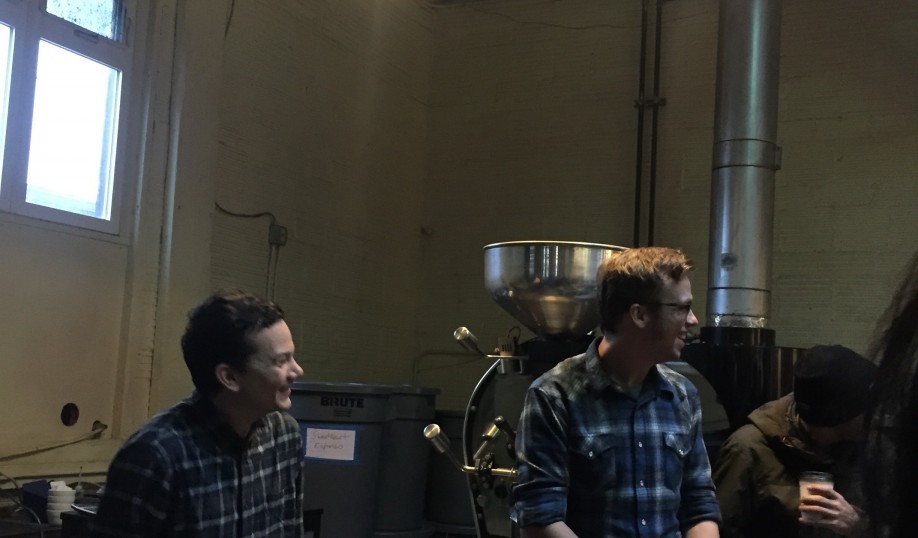Although the taste of place, or terroir, as was said at Olympia Coffee Roasters is the least important or recognizable thing about the coffee they produce and serve terroir as a business strategy is very important to reflect not only where the coffee beans came from, but also their fermentation style used, which is one of their biggest selling points to the general public. Olympia Coffee Roasters’s video that they showed our group was was about their direct trade system is not only a kind-hearted business model, but also a business strategy that allows them to advertise their companies beliefs in a beautiful way that if a potential customer saw would likely draw them to their brand. Due to this direct trade model though their prices are fairly high (up to $19.50 for a bag of whole coffee beans), which limits their consumer poll of regular customers down to only those who budget accordingly for their products or, more likely, to those who are finically “well off”. Although the majority of Americans might find their direct trade model appealing the average middle to lower class consumer might find it endearing enough to offset the high price tag and unbalanced their check book.

